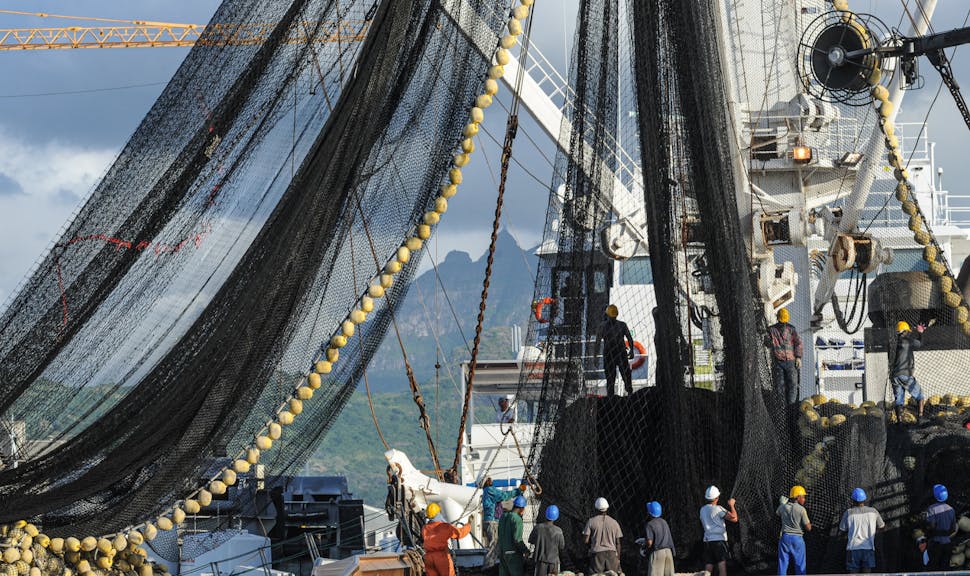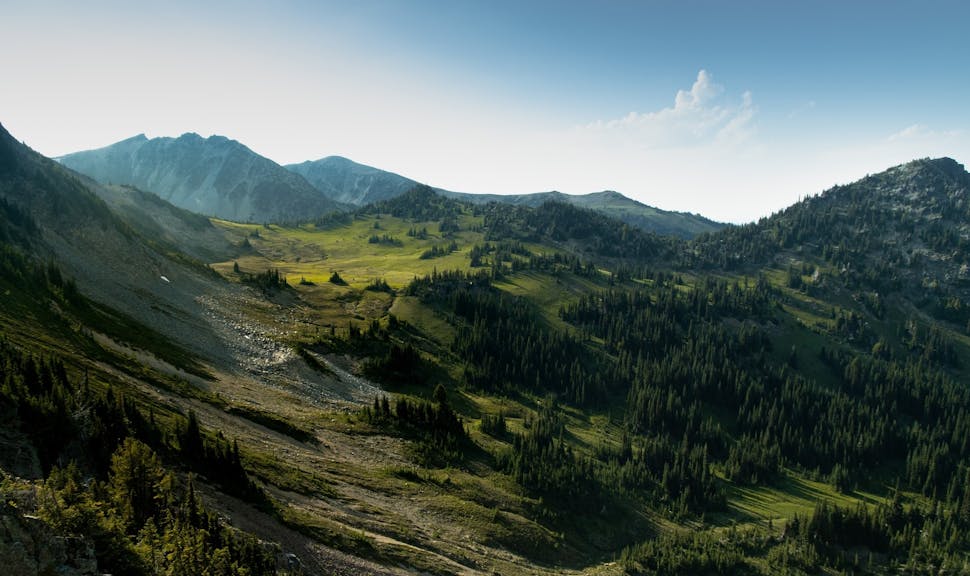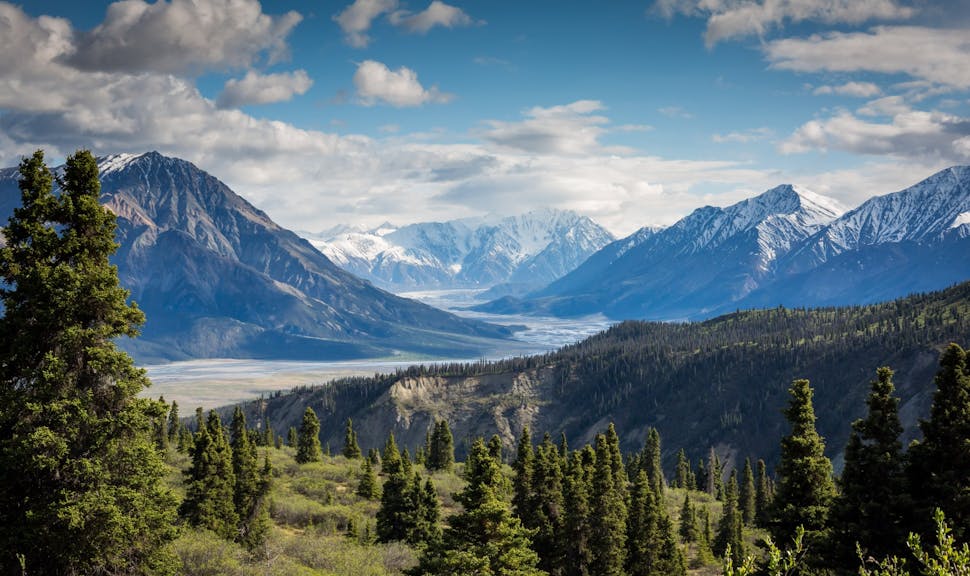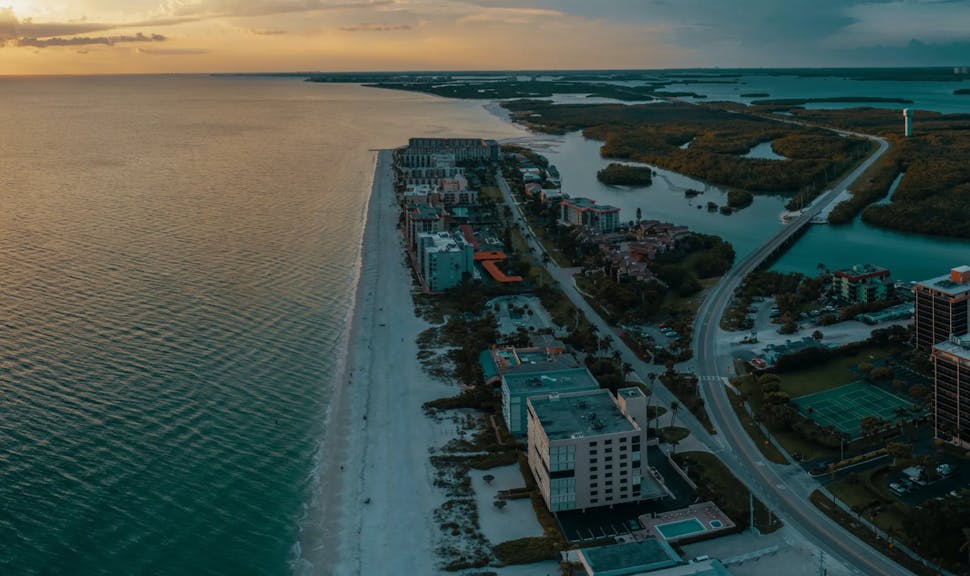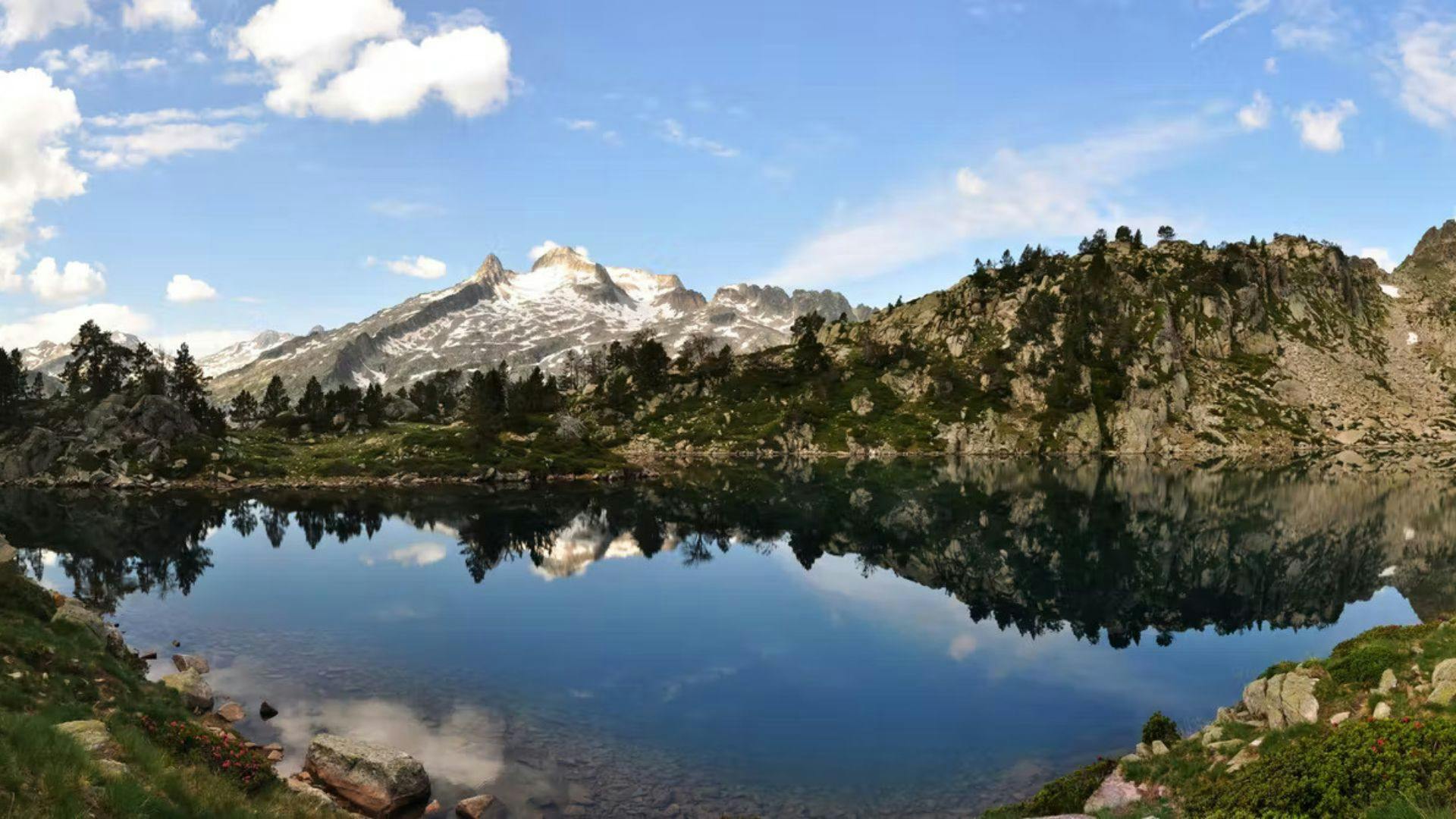

Prof. Dirk SchmellerAXA Chair at INP Toulouse
June 24, 2022
French Pyrenees: An “Impressive” Toxic Cocktail Detected in Mountain Lakes
Prof. Dirk Schmeller, AXA Chair at INP Toulouse, explains how chemical pollution in French Pyrenees mountain lakes threatens the zooplankton community, thus weakening the biological barrier that protects the amphibian population from diseases.
5 minutes
Original Content: The Conversation, in partnership with the AXA Research Fund
Compared to the plains overrun by humans, mountains are a paradise. A haven for many tourists, for our dear livestock, and of course also for wild animals. Pure air, clean water, green landscapes, impressive reliefs, and lots of calm.
This paradise, however, has cracked. Climate change has a powerful impact on these heights (as in the Arctic and Antarctic) and degrades forests.
The increase in average temperature is more marked there than in the plain, as are variations in precipitation – there are sometimes droughts and sometimes floods – which contribute to the disappearance of our glaciers. New studies have also shown that plastic pollution has reached mountains that were thought to be preserved.
In 2007, we started working in the French Pyrenees (as Adeline Loyau documents in this book about our work).
At the time, and still today, it was among other things to understand why chytridiomycosis (see here or here, a disease affecting amphibians, appeared in certain mountain regions.
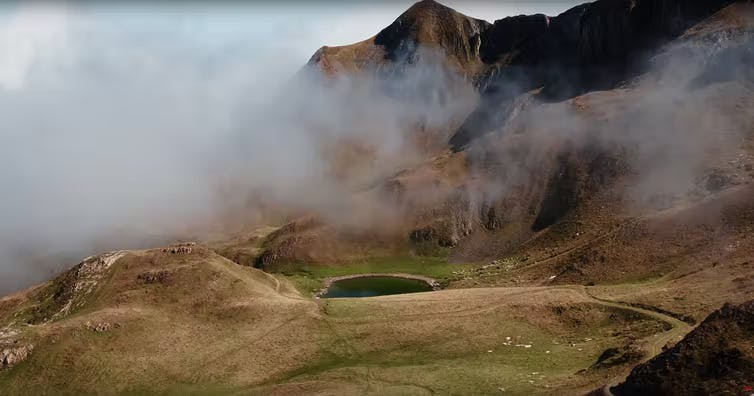
Lake Prat Matao in the Mont Valier Massif. Dirk S. Schmeller/Damien Mayoussier, Author provided (no reuse)
Why is one lake affected, and not another? In 2014, we made an important breakthrough after three years of painstaking teamwork: we were able to demonstrate that zooplankton from mountain lakes is a biological barrier that preserves amphibian habitat (ponds and mountain lakes). It protects them from the dangerous chytrid fungus Batrachochytrium dendrobatidis, which causes chytridiomycosis.
However, zooplankton is highly sensitive to environmental changes, especially in mountainous regions, which experience extreme environmental conditions and can serve as a habitat for relatively few adapted species.
Management of mountain lakes.
During our research, we were also able to observe some very striking changes: the disappearance of amphibians, the growth of algae, increasingly important variations in water level, etc.
In 2016, we launched the Belmont-Forum-funded project entitled People, pollution, and pathogens
.
The goal is to take a closer look at the evolution of mountain lakes. In addition to studying the dynamics of zooplankton, bacteria, and other microorganisms, it was also to better understand the chemical pollution of these waters.
The Americans had already done a lot of research on this subject, for example in the Sierra Nevada a few years ago, but the methods have since improved and the detection possibilities go up to the nanogram per liter. This means that even the slightest traces of chemicals can now be detected.
To analyze chemical pollution, we placed passive samplers in eight mountain lakes in the French Pyrenees located between 1714 and 2400 m above sea level. Passive samplers, made of silicon wafers, simulate fatty bodies of living animals and have the function of accumulating lipophilic or fat-loving substances. Most of the 1500 chemical molecules of pesticides and other organic substances (which contain many carbon atoms) currently circulating in Europe and around the world are lipophilic.
We visited each of the lakes three times a year for three years (2016–2018) to conduct a spatial and temporal analysis of pollution.
It is currently possible to detect 479 organic chemicals in the laboratory, including persistent organic pollutants, polycyclic aromatic hydrocarbons, old and current pesticides, biocides, and musk fragrances.
It was evident to us that we would find chemicals in our lakes. Why would they be spared when we have already chemically polluted almost deserted regions of our planet, such as Antarctica? However, we were surprised by the extent of this pollution: we discovered 141 different molecules in our eight mountain lakes, in the Ariège Pyrenees (two lakes), and the Néouvielle (three lakes), and the Béarn (three lakes).
Among them, are fungicides, herbicides, insecticides, pesticides that are difficult to degrade, polycyclic aromatic hydrocarbons, polychlorinated biphenyls, and others. We were able to detect between 31 and 70 different molecules per lake. The most extraordinary diversity of molecules was found in the pond of Ayes in Ariège.
An impressive chemical cocktail in the eight lakes results in chronic toxicity to crustaceans. The latter is an important component of zooplankton, and their abundance decreases as toxicity increases. Our data also show a reduction in the diversity of rotifers, the second group of zooplankton constituent species, with increasing toxicity to algae.
The latter comes mainly from detected herbicides (e.g. atrazine, terbuthylazine, and others). We assume that some algae are killed by pollution and that the specialized rotifers that feed on these algae are also locally disappearing. This is a hypothesis, which needs to be tested further.
The chemical pollution of mountain lakes leads to a major change in the composition of the zooplankton community and therefore in the functioning of these ecosystems. This could be one of the reasons why algae proliferate in some of our lakes, because crustaceans, once gone, can no longer control the growth of green algae.
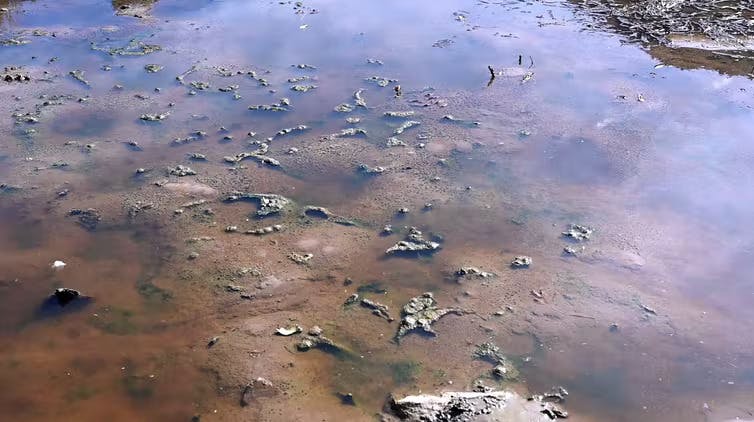
Small lake in Ariège.
These changes also have the unintended consequence of reducing the amphibian population. Indeed, zooplankton serves as a biological barrier against the amphibious chytrid fungus, responsible for chytridiomycosis. In other words, zooplankton can most likely no longer play its role as protectors of amphibians.
The same could be true for other pathogens and therefore pose a health risk to humans and grazing livestock. Our samples will be studied further in this direction.
Our mountain lakes are polluted.
The question remains as to how this pollution occurred. The great diversity of molecules is most likely linked to atmospheric transport: chemicals used in the plains are lifted into the air by evaporation. These air masses are then pushed towards the mountains, and the chemicals they contain fall there in the form of precipitation.
These molecules then find their way into the mountain lakes and can accumulate in living organisms, for example in stocked fish, and of course in zooplankton.
The high toxicity of some of our mountain lakes is mainly caused by two molecules, diazinon, and permethrin, highly active insecticides. Diazinon is used to combat cockroaches, silverfish, ants, and fleas in homes. Permethrin is found in products to control sucking insects, such as mosquitoes or ticks, and is used to protect dogs and livestock. It is also found in insecticides for humans. This means that these two molecules were most likely introduced into the lakes by local sources (such as livestock, tourists, and dogs), and in high concentrations, otherwise we would have had difficulty detecting them in the hundreds of hectoliters of water present in these lakes.
A radical shift in mindset is needed: we must stop using these insecticides. Only chemicals that we do not use will not affect our environment.
The lakes’ ability to self-clean through biological processes and dilution can only occur if no new pollutants are introduced into the ecosystem. There are already plant-based alternatives to insecticides, such as plant-based oil sprays, or repellents like lemongrass.
Mountain lake.
However, the question also arises as to who is to blame for the pollution and degradation of mountain lakes: the manufacturers of these products or the users? This is question decision-makers have to think about.

More about Prof. Dirk Schmeller's research project
LEARN MORETags:
Biodiversity